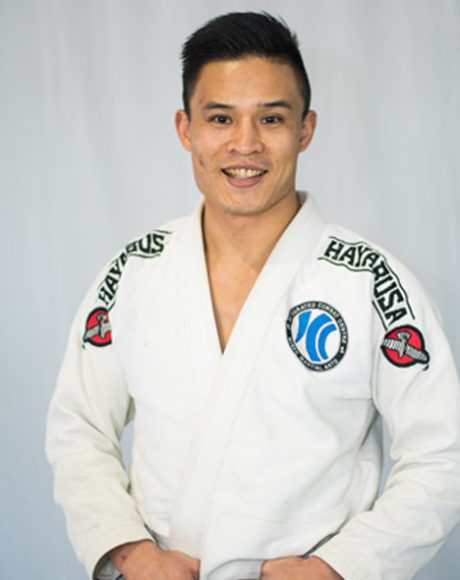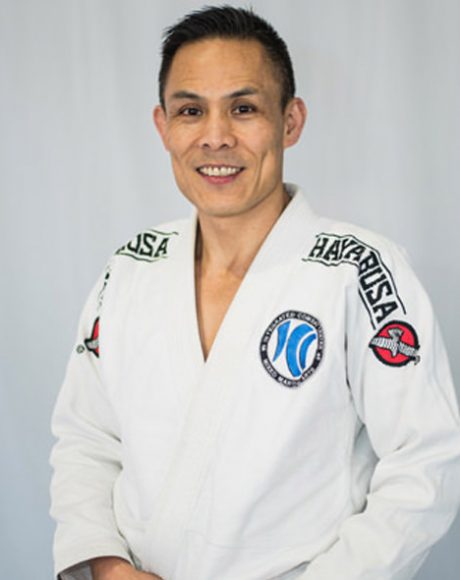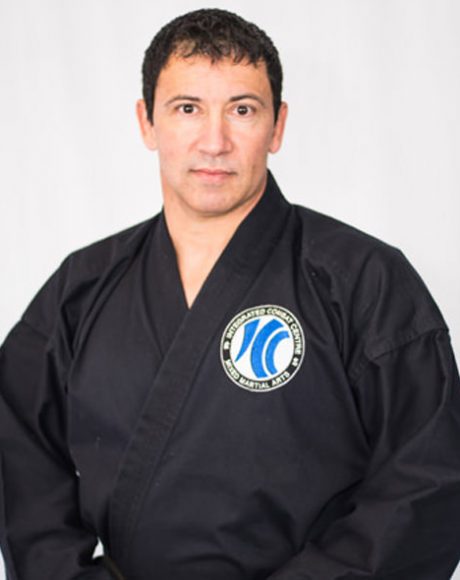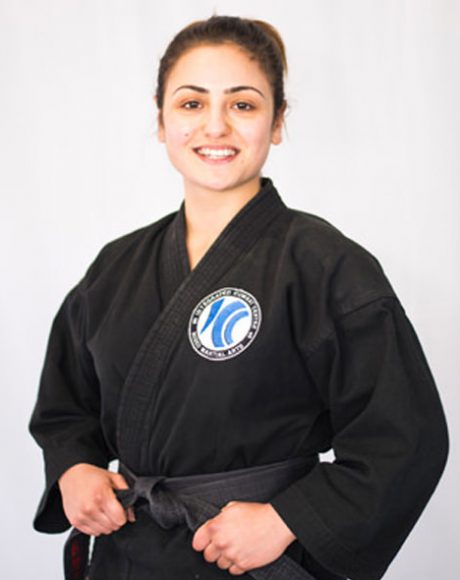A White Belt’s Guide to Surviving Your First Few Months in BJJ
Did you know that many people quit BJJ after the first six months of training?
Starting to train a new martial art can sometimes be a challenging endeavor. Especially when you dive into it without any previous knowledge or experience. There are many new things to deal with and some of them cannot be changed by you. At least not in the first couple of months.
So, let’s dive into the matter; here are some tips, from my experience, that will hopefully help you survive the first few months in BJJ.
You are a White Belt
Yes. The fact you are wearing that white belt around your waist means that you don’t possess any BJJ knowledge. Countless hours spent on YouTube’s BJJ videos don’t count as experience and knowledge, but it can help you learn BJJ terminology.
Your mindset should be that of a student, because that’s what you are. Giving advice and asking too many questions won’t show your instructor or sparring partners that you are interested in learning. You being there and staying persistent with the training will.
BJJ can be somewhat hard on people with big egos. Leaving it at the door of the training center is the best solution. Be prepared to tap-out a lot. This is a totally new experience and staying open for it will help you learn a lot about yourself.
The Warm Up is Serious
The average BJJ training class starts with a serious warmup. So, if you are not in shape nor physically active, get ready for an intense experience. BJJ is hard on the joints, so the warm up session has to hit all those joints and muscles that will be used while learning techniques and sparring. Usually there is running, shrimping, arm pummeling etc.
It is not recommended to consider BJJ as your primary “get in shape” solution. Try to get into at least a light workout routine before you start your BJJ training. Don’t get me wrong, nobody will forbid you to train if you’re not in shape, but there is a great chance that you will feel like you are failing and you can quickly get demotivated.
Go the Extra Mile to Learn the Techniques
In BJJ there are a lot of offensive and defensive movement patterns. After a warmup, you can expect to be practicing these. These technical drills are also an excellent cardio workout. Some of the common ones are submission chains/holds, guard replacement with hip escape, scissor sweep and bridge and roll escapes.
You will be also practicing “stand up” technique, since it is a common starting stance in competitions. The key is to learn how to minimize the distance between you and the opponent, so that you can perform a takedown. If you don’t have any MA experience at all, don’t worry, here at Integrated Combat Centre in Sydney we have specially designed classes that cover BJJ fundamentals for absolute beginners.
Get Ready for Sparring
Sparring is a standard part of any BJJ training. Yes, get ready for physical contact. This part of the training will put your strength, knowledge, experience, agility and stamina to the test. This is why it is considered the best way to find out your strengths and weaknesses – don’t worry, we all have them. Since you are a white belt, get ready for some tapping-out.
The mastery of fundamentals is what separates good fighters from mediocre ones, so you will need to spend a lot of time going over the basic drills. On the first few training sessions you can expect to sit in the mount position for some time, so that your sparring partner can practice escape techniques. Other times, you will be the one doing the escapes and you’ll have to get used to having someone sit on you. It can get challenging, so you’ll need to motivate yourself to push hard.
Recover Properly at Home
Sometimes BJJ training sessions can be exhausting for both the mind and the body, especially in the beginning. Effective recovery is very important if you want to give your best the next time you are on the mat. First of all, don’t forget to keep yourself hydrated. If you are experiencing headaches, dizziness and fatigue, it means you need to drink more water.
Cooling down and stretching after a hard training session is important because it relaxes muscles and reduces the amount of adrenaline coursing through your veins. When it comes to a nutrition plan after training, try to focus on nutrient dense vegetables and fruit, lean protein sources, healthy fats and complex carbs.
The last but not the least, sleep! The recovery rate of our bodies is at its highest during sleep, so try to get a full 8 hours of sound sleep every night.
These tips will help you get a general impression of what to expect when you enter a BJJ gym. There’s a lot to learn about training and nutrition in general, as well as motivation, so find as many great books and videos on these subjects as you can and start learning. The more you know, the less surprises there will be.
Give our BJJ program a go and experience the improvements to all of these fields. It is considered to be an excellent first style where the skills are easily transferable.





